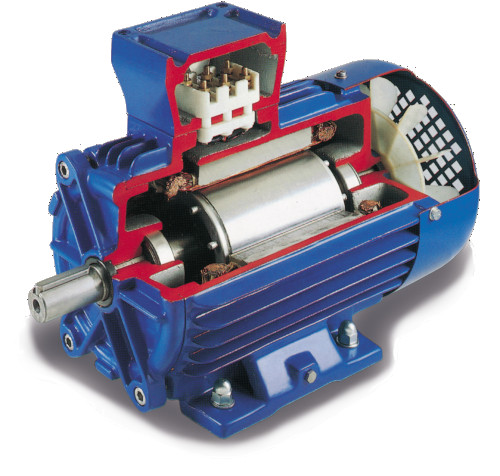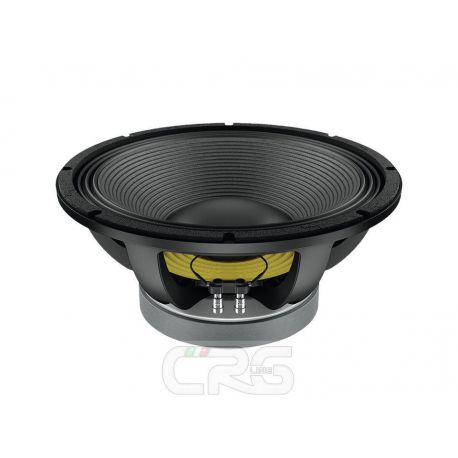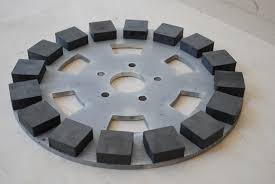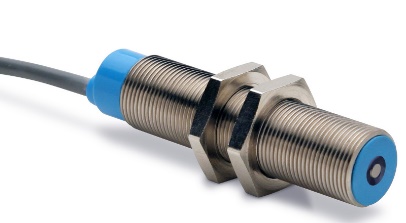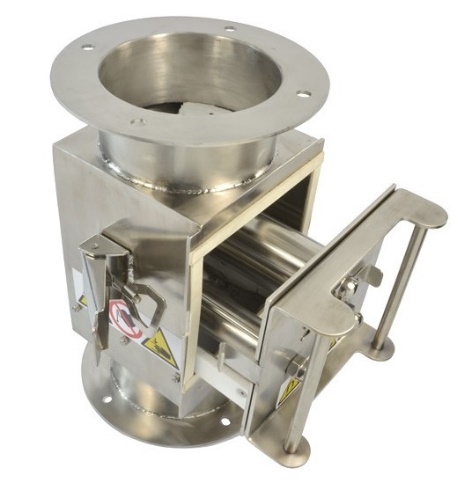FERRITE
Ferrite magnets are produced using iron oxides and strontium and / or barium carbonate. The raw materials are mixed, ground and subsequently subjected to an appropriate heat treatment to obtain the compounds: SrFe12O19, BaFe12O19. The product thus obtained is further ground to obtain a finer powder mixture. The pressing process, which can also be carried out dry, is carried out both under the effect of a magnetic field and without a magnetic field. This differentiation is relevant in that: in the first case anisotropic material is obtained while in the second case isotropic magnets are obtained. Finally, the material is sintered.
Currently Ferrite magnets are used on a very large scale thanks to the reduced costs and the great availability of raw materials, together with the rather simple production process. Peculiarity of Ferrite magnets is the resistance to water and humidity, since it is a material derived directly from oxides it does not fear corrosion. Ferrite magnets are intrinsically fragile, therefore it is recommended not to use them as structural elements in any application and to handle them carefully to avoid chipping.
CORROSION RESISTENCE
Being composites mainly of iron oxides with the addition of metal elements such as barium, manganese, nickel and / or zinc; the wounds have the same properties as a ceramic material and are not subject to corrosion processes.
STABILITY
The homogeneous relationship between induction and coercive force also makes them the most stable magnets on the market.
LOW PRICE
The widespread use of raw materials and the widespread production process make ferrite the most economical magnetic material on the market.
EASY TO PROCESS
Ferrite magnets are among the most resistant from a mechanical point of view but can also be easily machined by simple water-cooled cutting systems.

